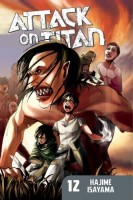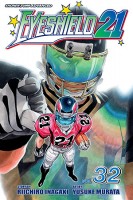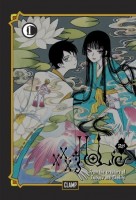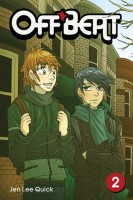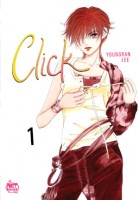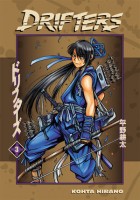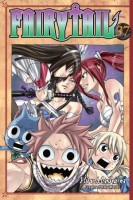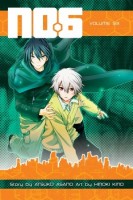 Creator: Hinoki Kino
Creator: Hinoki Kino
Original story: Atsuko Asano
U.S. publisher: Kodansha
ISBN: 9781612623603
Released: April 2014
Original release: 2013
I was rather pleased when Kodansha Comics licensed Hinoki Kino’s manga adaptation of Atsuko Asano’s No. 6. The original No. 6 was a nine-volume series of science fiction novels written between by 2003 and 2011. (Sadly, they haven’t officially been translated into English.) Also in 2011, two adaptations of No. 6 began–Kino’s manga series, which also ended up being nine volumes long, and an eleven-episode anime series directed by Kenji Nagasaki. The anime was actually my introduction to No. 6. Parts of the anime’s original ending frustrated me a great deal, but I was so taken with the characters and setting that I wanted to explore another interpretation of the story. No. 6, Volume 6 was originally published in Japan in 2013 while the English-language edition of the volume was released in 2014. The series has now passed its halfway point and is approaching its climax. The fifth volume ended in the middle of a critical scene, so I was particularly anxious to read the sixth.
The Security Bureau of the city of No. 6 has arrested Shion’s close childhood friend Safu and is currently holding her within the Correctional Facility. Shion is willing to do almost anything he can to rescue her, but he won’t be able to do it on his own no matter how hard he tries. Instead, he must rely on those he has met in West Block, a large population of refugees living outside the city walls. Rat has devised a daring plan to infiltrate the Correctional Facility. Shion and Rat allow themselves to be rounded up during the Manhunt–an effort by No. 6 to forcibly control and instill fear into those living in West Block–and are thereby able to gain access to the least secured area of the facility. If they hope to proceed any further they will have to depend on outside help and bribery; nothing is free in West Block, especially when those who give their aid may very well lose their lives for doing so. Everyone involved in the rescue have their own motives and agendas against the holy city of No. 6 so, at least for the time being, they are comrades.
No. 6, Volume 6 is a particularly important volume in the series for several reason: more of No. 6’s dark secrets are uncovered, a part of Rat’s past and the reason behind his hatred for the city is revealed, and the characters, specifically Shion but also Rat, have reached a crucial turning point in their development. All three of these things are interrelated and tied closely together. Shion grew up living an extremely privileged life in the supposedly perfect and pristine No. 6. However, the Manhunt and his experiences in West Block have shown him the terrible things that the city is capable of. Shion’s innocence is shattered further when he discovers that even the foundation of No. 6 was based on the blood of others. This history and Rat’s connection to it is something that up until this point in the series Rat has kept hidden from Shion, partly because he tends to distrust and close himself off from other people, but also because he was trying to protect the other young man. However, these are terrible truths that Shion must now face and come to terms with.
Seeing Shion begin to really change in the previous volume was heartbreaking, but here in No. 6, Volume 6 the difference between who Shion is now and who he was before is terrifying. The violence he is willing to commit with such eerie calm is chilling. His mother, still inside the city, is understandably worried about her son and his survival. However Rat, who is with him, is less concerned with Shion’s physical safety and more concerned about the potential loss of Shion’s personality and his very self. It’s almost as if the two of them have changed roles. Never before has Rat appeared so vulnerable or exhibited such kindness. He fears for Shion and is afraid of who Shion is becoming. At one point in the sixth volume the question is asked “Who do you want so much that it kills you?” In many ways, that question is the crux of No. 6. Rat is changing. Shion is changing. For the better and for the worse. For themselves and for each other. As a result the dynamics of their relationship is also evolving. They may or may not survive their confrontation with No. 6; tragically, even if they do, it is likely that they will be so different that little of their past lives and selves will remain intact.
 SEAN: Speaking of Hiro Mashima, we get the debut of one of his few remaining unlicensed series, Monster Soul. This is what he wrote in between Rave Master and Fairy Tail. Best of all, I think it’s only 2 volumes long.
SEAN: Speaking of Hiro Mashima, we get the debut of one of his few remaining unlicensed series, Monster Soul. This is what he wrote in between Rave Master and Fairy Tail. Best of all, I think it’s only 2 volumes long.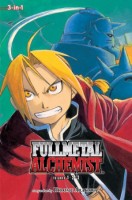



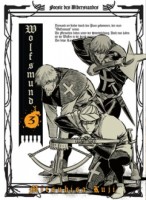
 MJ: I’m going to surprise myself a bit here by going for a title I hadn’t even heard about before
MJ: I’m going to surprise myself a bit here by going for a title I hadn’t even heard about before 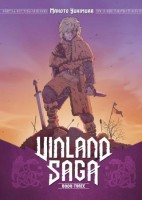



 MJ: I’m the one with an obvious choice this week, so I’ll start things off by reiterating what I said in
MJ: I’m the one with an obvious choice this week, so I’ll start things off by reiterating what I said in 